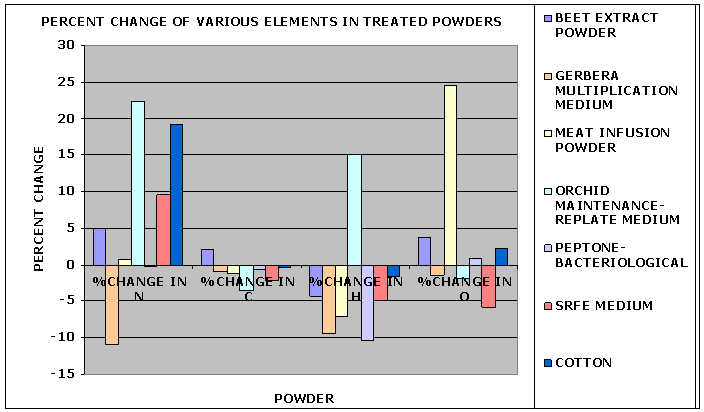Impact Of The Trivedi Effect On Liquid Chromatography
03/02/2015 14:33
Liquid chromatography is a systematic chemistry method that syndicates the physical parting competencies of liquid chromatography with the mass study competencies of mass spectrometry.
The Trivedi Effect is the phenomenon discovered by the well-known spiritual leader and wellness Guru Mahendra Trivedi. He has got the power of Energy Transmission, and he has given it a name the Trivedi Effect. Mr Trivedi is of the view that the Trivedi Effect can get relief for every human from the different diseases. Not, only the human beings but even the non-living things also get impacted by the Trivedi Effect. In order to prove the world about the positive effects of the Trivedi Effect, Mahendra Trivedi formed a non-profit organisation called as The Trivedi Foundation™. It works in collaboration with the famous research institutes and scientists all over the world and its main motive is to harness the powers of the Trivedi Effect for the benefit of human beings and all other forms of life and nonliving things present on earth.

The Trivedi Foundation™ has also done a lot of work in the field of Material Research as well. Material research is an interdisciplinary field which mainly focuses on discovery and design of new materials. It involves studying of material based on its structure, performance, shape and design. It is only material research that has opened new fields of science known as nanotechnology and nanoscience. In order to understand the internal structure of materials various chemical analyses needs to be done. Chemical analysis is basically performed to find out the physical or chemical properties of different elements involved in a matter. Chemical analysis mainly depends on different measurement techniques involved during the process. Chemicals analysis is mainly categorised into two types: Classical Analysis and Instrumental analysis. Classical analysis is also called as wet analysis which only uses balance and no other electronic or mechanical instruments. It depends on the chemical reaction of elements present in the metal. On the other side, instrumental analysis uses one or the other type of instruments for doing chemical analysis. Whatever is the method of doing chemical analysis, the first rule is to remove the interferences from the chemical to be analysed. Different techniques are there which are employed for removing interferences; some of the commonly used are distillation, filtration, osmosis, extraction and chromatography.
One of the most commonly used techniques used to separate a mixture into its parts is called as chromatography. It is only the interaction of chemical constituents present in the mixture with the mobile and stationary phases which separates the mixture into its chemical constituents. On the basis of physical states of mobile and stationary phases, chromatography can be configured as liquid chromatography and gas chromatography. Mahendra Trivedi has also used high-performance liquid chromatography in various experiments performed on different chemical organic compounds. Many experiments were conducted on various chemical compounds such as Acetic Acid, Acetone, Aniline, Anisol, Benzene, Ethyl Acetate at MGV Pharmacy College based out of Maharashtra in India. Impact was clearly observed on the chemicals separated. Significant improvements in chromatography efficiency were noticed. Highly précised retention time ratings came after the compounds were treated by The Trivedi Effect.
It is now known across the globe that The Trivedi Effect has the positive impact on all forms of life either living or non-living in nature. Also, the changes observed are at the molecular level thus they are not temporary in nature and stays for longer duration. The Trivedi Effect is a blessing for all forms of life present and the solution for all problems that mankind is facing on this beautiful earth.
